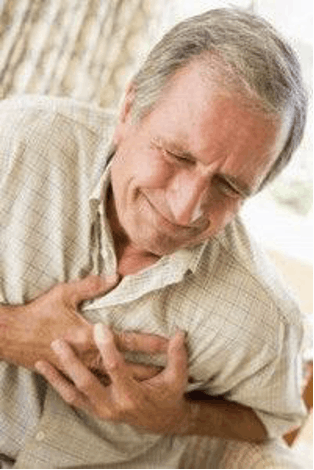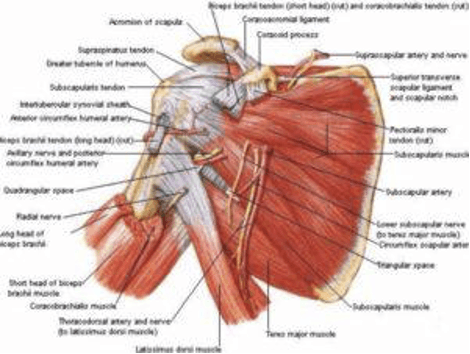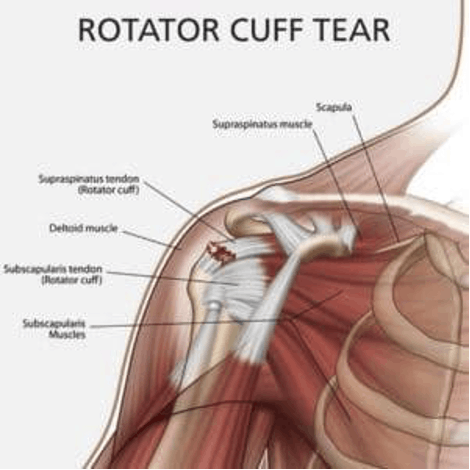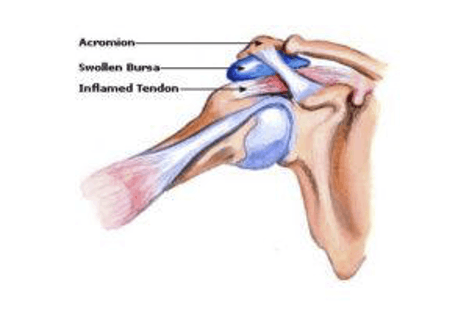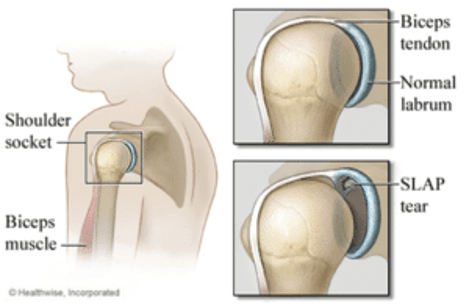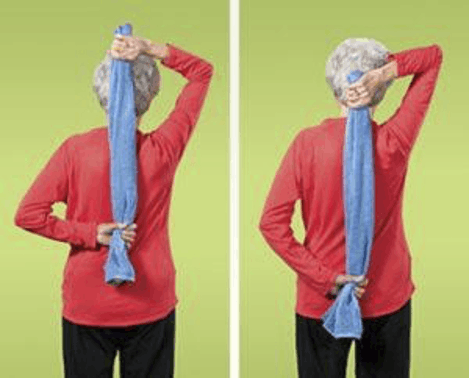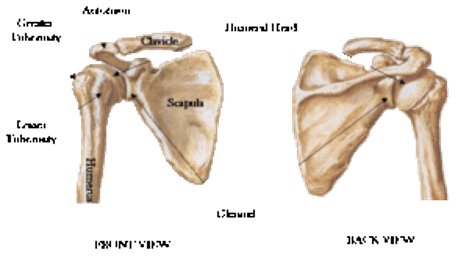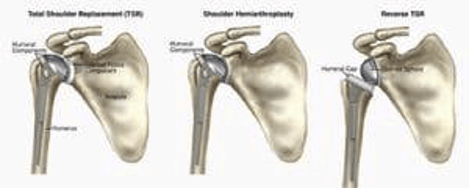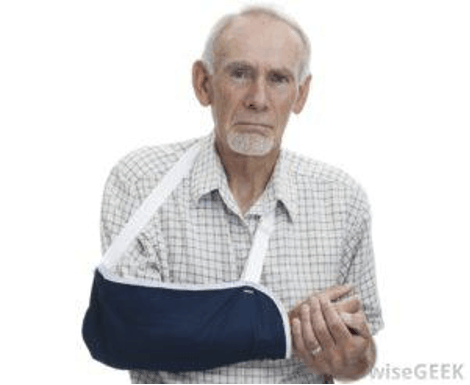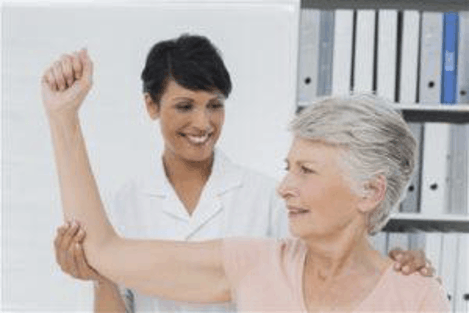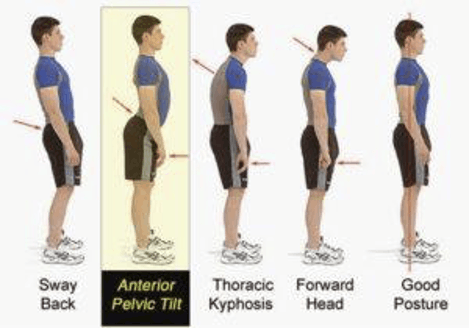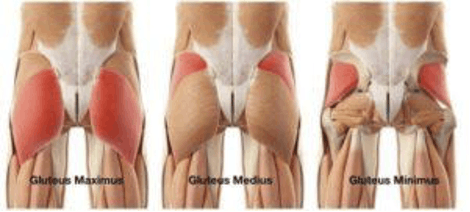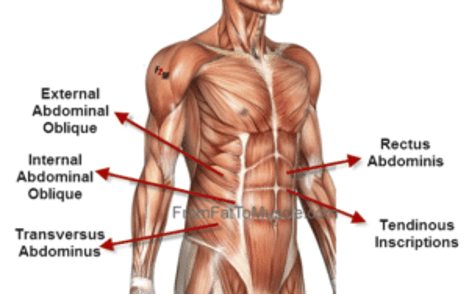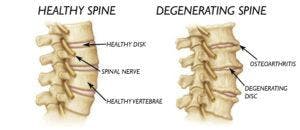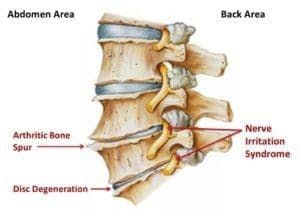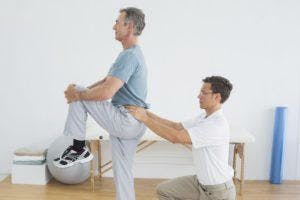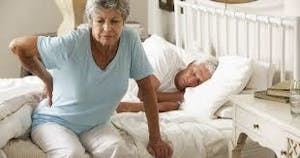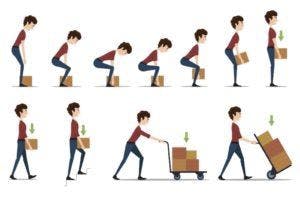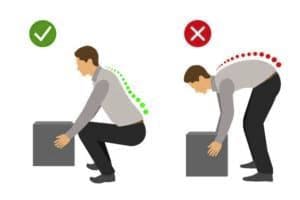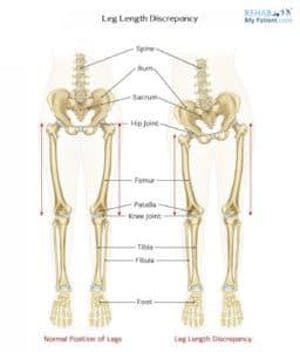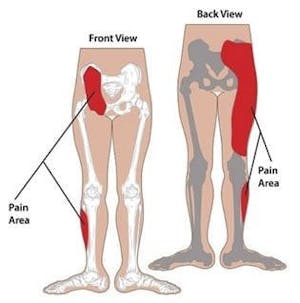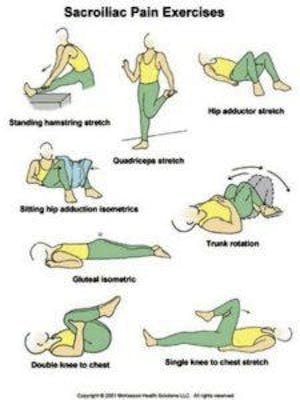If you suffer from headaches, you know how they can rob you of enjoying your everyday life and make you less productive. It’s important to identify the type of headache to know the best way to treat it. Here are four common types of headaches and their causes, along with how physical therapy can be highly effective in treating pain.
1. Tension Headaches
This type of headache, which involves a steady, dull mild to moderate bilateral pain (both sides of the head) is the most common type of headache as 75 percent of all headaches are tension headaches. They’re often caused by emotional or physical stress and occur from the contraction of muscles covering the skull, which results in pain.
To treat the problem, people learn better ways to manage stress. Physical therapy is extremely effective in reducing pain from tension headaches.

2. Cluster Headaches
These headaches, which mainly affect males, are typified by a severe, sharp pain that quickly develops. In most cases, cluster headaches occur in the eye area. Besides pain, other symptoms may include eye redness, nasal congestion and tearing in one eye. Even worse, these can last from six to 12 weeks.
The main way to treat a cluster headache is by changing your diet, along with eliminating alcohol, smoking, and other triggers. Breathing exercises and headache medications can also help.
3. Migraines
Migraine headaches affect about 38 million Americans and typically attack females. These are characterized by a throbbing in the head. While the pain is usually on one side of the head, some people have pain on both sides.
This type of headache, which may be accompanied by nausea, vomiting, light and/or sound sensitivity, can be so debilitating that it can cause people to be bedridden for several days. It’s usually treated with prescription migraine medications, along with diet changes and resting in a quiet, dark area until symptoms subside.
4. Sinus or Allergy Headaches
Sometimes, headaches are caused by allergic reactions. The type of pain from a sinus or allergy headache is normally in the sinus region or in the front of the head. Often, people who think they have a sinus headache are actually suffering from migraines. In fact, as many as 90 percent of patients who tell their doctors they have a sinus headache learn they really have a migraine.
Sinus headaches are commonly treated by using nasal steroid sprays and decongestants designed to thin out mucus buildup causing sinus pressure. Because sometimes sinus headaches can suggest a sinus infection, you may need to see your doctor for an antibiotic prescription.

How Physical Therapy Can Help
The best way to treat many kinds of headaches is by getting physical therapy. To treat tension headaches, physical therapists instruct patients on stretching exercises, such as neck stretches. This helps in loosening tense neck muscles that cause tension headaches. Relaxation techniques are also used, such as deep breathing methods. Furthermore, they encourage patients to make changes in their workplace setup, such as making adjustments to computer monitors or using headsets for talking on a telephone.
Cervicogenic headaches (neck headaches) are also highly treatable using physical therapy. This type of headache stems from neck issues, causing head pain, and is classified as a secondary headache since its symptoms are produced from outside the head. To treat pain, physical therapists use manual therapy for improving neck function and correcting posture. As a result, a patient’s neck is allowed to heal and recover, so it begins functioning better, resulting in headache relief.
Headaches originating from jaw dysfunction, causing pain, can be treated with physical therapy. By using manual therapy, specific exercises, and soft tissue mobilization, physical therapists improve jaw function, which results in pain relief. Night guards are prescribed to patients who grind their teeth during sleep so that the jaw and its surrounding muscles can rest.
As for migraine headaches, stretching exercises prescribed by physical therapists can be beneficial for reducing discomfort. Therapists teach migraine patients on the most effective ways for using modalities, including icing and relaxation techniques. They also show family members and caretakers massage techniques for easing pain.

Tips for Reducing Headache Pain
- When first sensing a migraine headache (the aura stage), take your migraine medication before the headache sets in.
- Heat therapy can help with pain due to blood vessels constricting. This involves applying a heat pack to the back of your neck. Taking a hot shower can also be effective.
- Applying ice packs to the top your head or neck can work in relieving pain.
- Using a humidifier can help reduce pain from a sinus headache because dry air can cause sinus irritation, which triggers headaches.
- Instead of consuming caffeine, drink water since caffeine can be a trigger for headaches.
If you’re tired of suffering from pain, why not discover the many benefits of physical therapy. Contact our team at Hess Physical Therapy via phone at any of our 5 offices or refer to our website www.hesspt.com for further contact info.
Our locations:
- Kennedy: (412)-771-1055
- Crafton: (412)-458-3445
- Allison Park: (412)-487-2787
- Bethel Park: (412) 835-2626
- Atlasburg: (724) 947-9999
Website: www.hesspt.com
Disclaimer: this information is "not medical advice" and is used at the site visitor's own risk.

